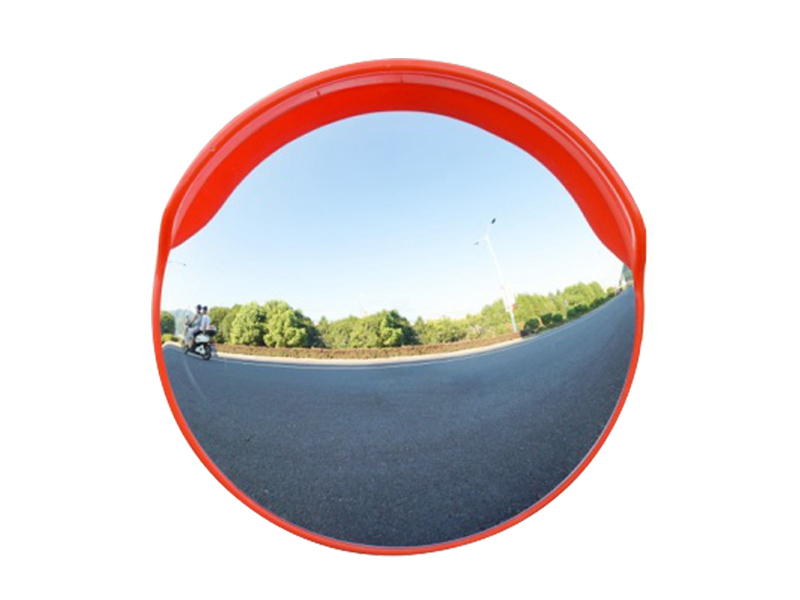Sale traffic cone rubber base Factory
In the ever-evolving landscape of traffic management, the humble rubber traffic cone stands as a symbol of safety and order on our roads. As environmental consciousness becomes a driving force in product development, the industry is turning to recyclable and biodegradable rubber for the production of rubber traffic cones. This shift not only promises a more sustainable future but also brings about a host of benefits that are worth examining.
One of the significant advantages of using recyclable rubber in traffic cones is the reduction of waste that ends up in landfills. Traditional rubber, often derived from petroleum, is not biodegradable and can persist in the environment for centuries. By contrast, recyclable rubber traffic cones can be repurposed at the end of their service life, minimizing the environmental footprint.
The process of recycling rubber requires less energy compared to the production of new rubber from raw materials. This conservation of energy contributes to a lower carbon footprint, aligning with global efforts to reduce greenhouse gas emissions.
The use of recyclable rubber in traffic cones supports the concept of a circular economy, where materials are kept in use for as long as possible, extracting the high value from them, and then recovering and regenerating products at the end of each service life.
The Benefits of Biodegradable Rubber Traffic Cones
Biodegradable rubber traffic cones are designed to break down naturally over time, returning to the earth without leaving harmful residues. This characteristic is particularly beneficial in environments where traffic cones may be left for extended periods or in areas where cleanup is challenging.
When biodegradable rubber traffic cones decompose, they do so in a non-toxic manner, ensuring that the process does not contribute to soil or water pollution.
The production of biodegradable rubber often involves sustainable practices, such as using renewable resources or employing manufacturing processes that minimize environmental impact.
By opting for rubber traffic cones made from recyclable or biodegradable materials, the industry is helping to preserve natural resources that would otherwise be consumed by the production of traditional rubber products.
The manufacturing process of biodegradable rubber typically results in lower carbon emissions compared to conventional rubber production. This reduction contributes to the fight against climate change.
The use of biodegradable rubber traffic cones can help protect biodiversity by reducing the amount of non-degradable waste in the environment, which can harm wildlife and disrupt ecosystems.
While the move towards recyclable and biodegradable rubber traffic cones is commendable, there are challenges that the industry must address. These include:
The production of biodegradable rubber can be more expensive than traditional methods, which may impact the affordability of rubber traffic cones for some buyers.
Ensuring that recyclable and biodegradable rubber traffic cones meet the same performance standards as their conventional counterparts is crucial. This includes durability, visibility, and resistance to weather conditions.
There is a need to raise awareness among consumers and industry stakeholders about the benefits of recyclable and biodegradable rubber traffic cones to encourage widespread adoption.
The transition to recyclable and biodegradable rubber in the production of rubber traffic cones represents a significant step towards a more sustainable future for the traffic management industry. By embracing these materials, manufacturers can reduce waste, conserve energy, and protect the environment, all while maintaining the high standards of safety and performance that rubber traffic cones are known for. As the industry continues to innovate and overcome the challenges associated with these materials, the use of recyclable and biodegradable rubber traffic cones is set to become the new norm, paving the way for a greener and more responsible approach to road safety.


 英语
英语 中文简体
中文简体 西班牙语
西班牙语 俄语
俄语









